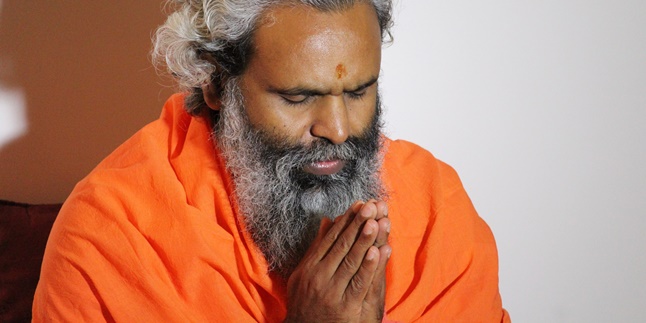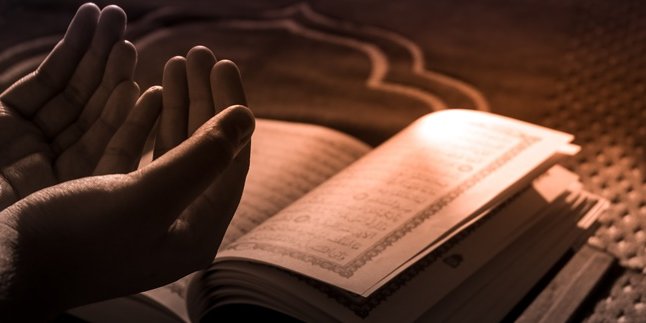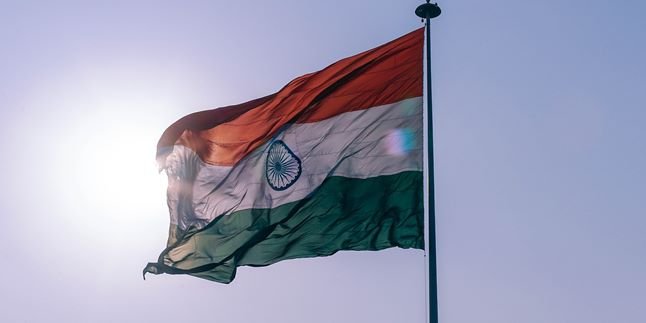Kapanlagi.com - The meaning of the word Namaste is a question that arises in the minds of many people because this greeting is increasingly being done. Usually, this greeting is spoken in front of others when meeting or parting. This greeting is usually accompanied by a respectful attitude, with hands folded in front of the chest while bowing.
In India, this body posture is called "Anjali Mudra" or "Pranamasana". There, if this posture is done without words, others usually already know the meaning of the greeting. The meaning of the word Namaste is certainly understood by the Indian people. Now Namaste has become a popular greeting to deal with covid-19 in order to reduce physical contact with each other.
However, for those of you who are not familiar with this, you may still be curious about the meaning of the word Namaste. Well, so that you don't feel awkward when receiving this greeting, please read the explanation about Namaste greeting below. By understanding it, you will also no longer hesitate if you want to do this greeting.
1. Meaning of the Word Namaste

Illustration (Credit: Unsplash)
The meaning of the word Namaste can be traced back to the Sanskrit language. The word is a combination of "namah", which means "respect", "bowing", or "reverential salutation", and "te", which means "to you". This greeting is done by folding the hands in front of the chest, accompanied by the belief that there is a divine spark within each person's body.
Namaste, formally pronounced as "Namaskara/Namaskaram", is a common Hindu greeting practiced in the Indian Subcontinent. It has become a tradition to be performed when meeting or parting from one another. Sometimes, this greeting is not spoken and is considered enough with just the gesture.
As explained earlier, etymologically, the meaning of the word Namaste is "I bow (to you)" or "the divine in me bows to the divine in you". This conveys the essence that all beings in the transient world are part of the phenomenal Maya and all beings are part of Brahman, the highest ruler in the Hindu concept of divinity.
2. Meaning of the Word Namaste
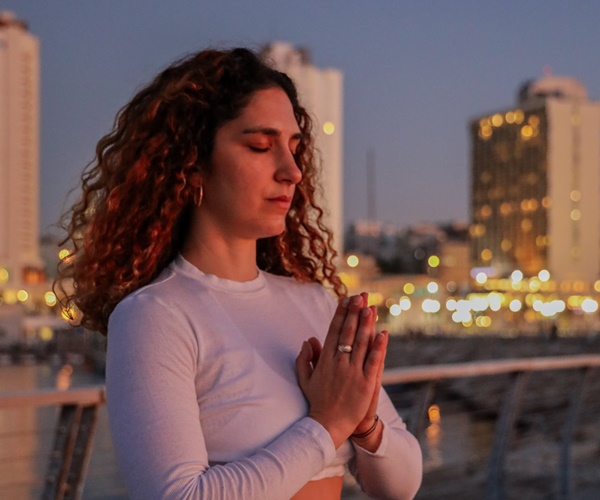
Illustration (Credit: Unsplash)
The meaning of the word Namaste is "I bow to you" or "the divine in me bows to the divine in you". This meaning can be interpreted in everyday life as "peace be with you". This greeting is different from other greetings that involve physical contact such as shaking hands, hugging, or kissing. However, Namaste can be used widely or universally as a greeting for others without limitations of gender, age, and social status.
In addition, the Namaste greeting gesture is widely known as a greeting used by Yoga practitioners. Usually, the teacher and students will say "Namaste" when starting and ending the practice. Spiritually, this is done to acknowledge the souls around. Therefore, the Namaste greeting is done with both hands placed on the chest or heart chakra area, closing the eyes, and bowing.
This gesture is a symbol of recognition between one soul and another. Gesture Chakra is the center of all subtle feelings. In line with this, Yoga is indeed one of the spiritual sports to reconcile oneself and harmonize with the surroundings.
In addition, there is a deep philosophical meaning behind this saying. The philosophy describes the principle of entering the heart chakra and creating unity between the mind and the divine within each individual.
In yoga, the practice of salam Namaste is done for the following reasons:
- Short meditation suitable to be done after yoga.
- As a sign of respect between teacher and student.
- As a form of respect for oneself for upholding the principle of divinity within each individual.
- As a symbol of uniting free souls and freeing them from selfish thoughts.
3. Namaste Gesture Popular as an Alternative Since Covid-19
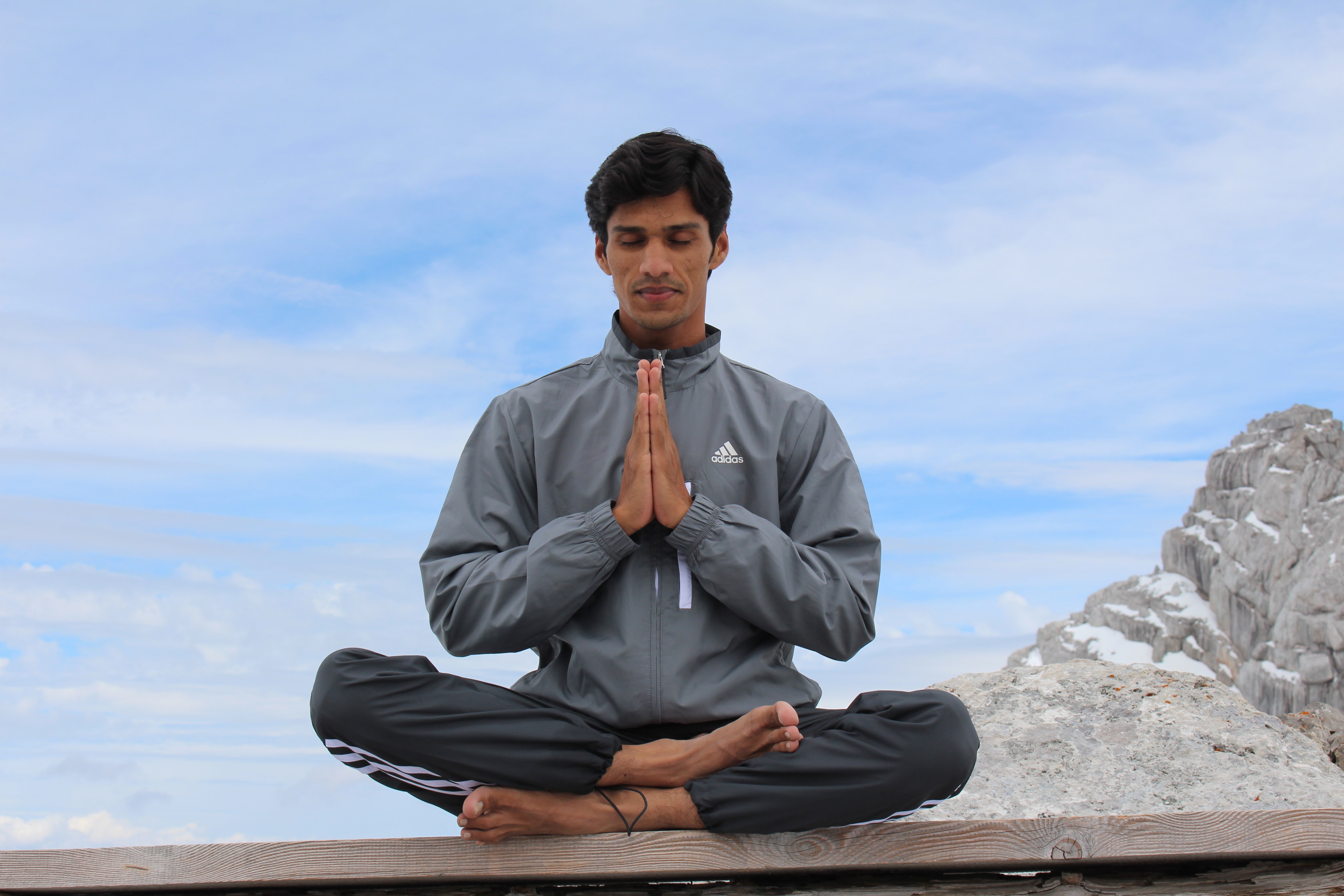
Illustration (Credit: Unsplash)
Previously, it has been discussed that the meaning of the word Namaste along with the gesture is popular in India and among Yoga practitioners. However, since the outbreak of Covid-19, the Namaste greeting has become even more popular. Considering that the gesture does not involve physical contact, this greeting is considered in line with health protocols.
As people began to worry and hesitate to shake hands, hug, or kiss, the Namaste greeting could be an alternative way to convey respect. This popularity was also promoted by the Prime Minister of India, Narendra Modi, as an alternative greeting amidst the Corona virus pandemic. In addition, other officials also used this greeting and their videos went viral.
These officials include Prince Charles of Wales and Donald Trump, who was the President of the United States at the time. Additionally, this greeting was also performed by President Emmanuel Macron when welcoming King Felipe of Spain. Prime Minister Benjamin Netanyahu of Israel also encouraged Israeli citizens to use the Namaste greeting instead of shaking hands as an effort to protect themselves from the Corona virus.
So, KLovers, that's an explanation of the meaning of the word Namaste along with its gesture and significance.
(kpl/gen/ans)
Disclaimer: This translation from Bahasa Indonesia to English has been generated by Artificial Intelligence.
